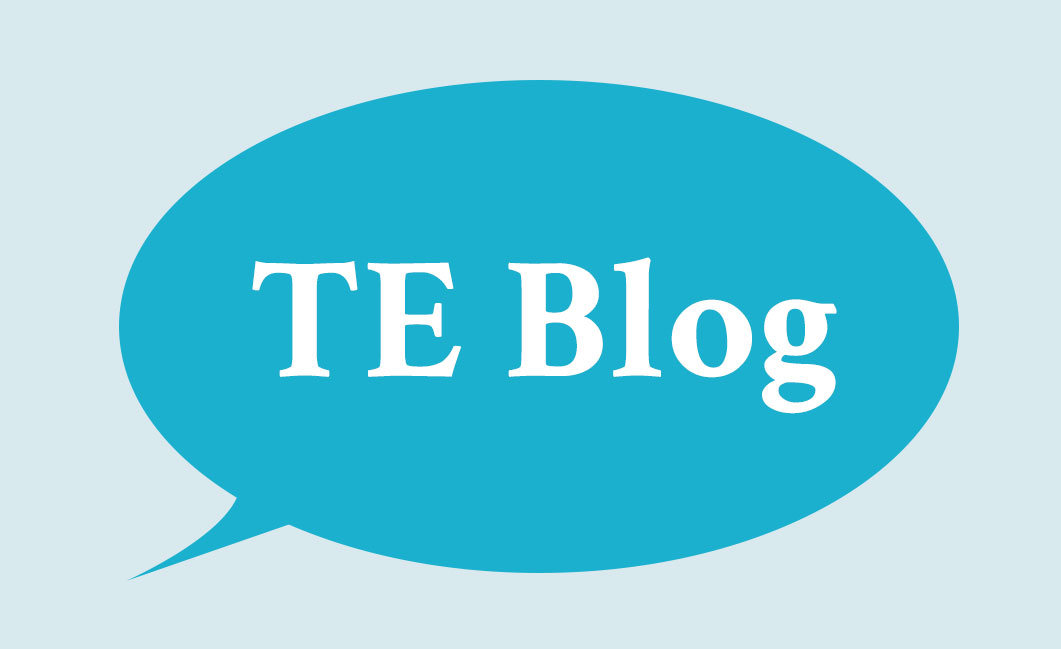So what IS close reading? It is the thoughtful and critical analysis of the text, while looking at patterns or certain elements of the text to understand the writing more deeply. This can include focusing on the form, craft, underlying meaning of the text, and so forth. It often involves taking note of details and thinking about why those details were used.
Do you know how to do a close reading of a text? Here are some tips.
- Keep a pencil or pen nearby, and annotate the text as you read. Jot down anything that comes to mind about word choice, style, form – anything you think of while reading. This helps you pay better attention to the material because you’re actively interacting with it in a thoughtful way.
- Look for patterns, or anything notable, and ask questions about these patterns. Look at vocabulary, point of view, syntax, author POV, and the purpose of the text.
- Start on a surface level, then zoom in to the more micro issues, and then step back to think about what it all means for the larger text as a whole.
In general, reading makes you a better writer. It increases your vocabulary, introduces you to the differences between good and bad writing, and provides you with examples of a variety of voices, among other things. Exposure to a variety of genres allows you to experience different forms of writing, different styles, and different literary techniques.
If you’re working on a dissertation, it’s important to read as widely as you can in your subject area. Read journal articles, dissertations, op-ed pieces, position papers, and reports. You don’t have to limit yourself to material ONLY in your field, though. Reading journal articles and reports from a variety of subjects provides you with an overview of academic styles and journal trends, and also gives you a taste of how tone can vary among academic disciplines.
Reading widely and practicing close reading are wonderful tools to help you grow as a writer. Thesis Editor is also here to assist you in becoming the best writer you can be. Contact us today to learn more about the wide range of services we offer to help you meet your goals!
< Self-Care During COVID-19 EndNote: An Introduction >
